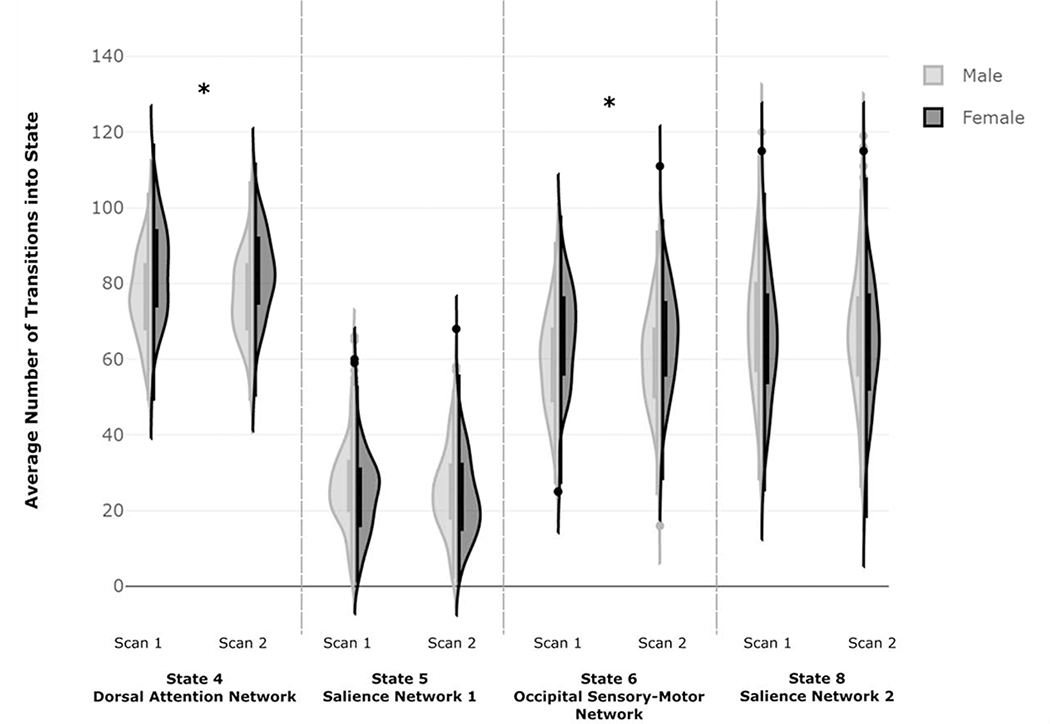Figure 4: Sex-Related Differences in Frequency of Transitions into TNSs of Interest.
Figure 4. Frequency distributions of males and females for the frequency of transitions into each TNS of interest. Compared to males, females transitioned more frequently into the TNSs overlapping with DAN and occipital/sensory-motor states (State 4 and State 6). Independent samples Kolmogorov-Smirnov tests were used to examine differences in the frequency distributions between males and females (State 4: Scan 1: K-S Z=2.37, p<.001, Scan 2: K-S Z=2.31, p<.001; State 6: Scan 1: K-S Z=2.26, p<.001, Scan 2: K-S Z=2.00, p<.001).

